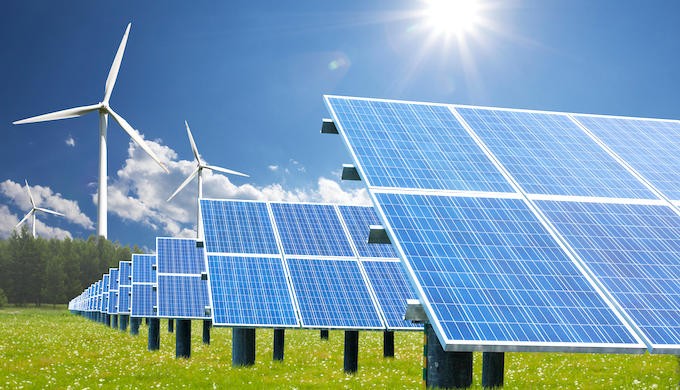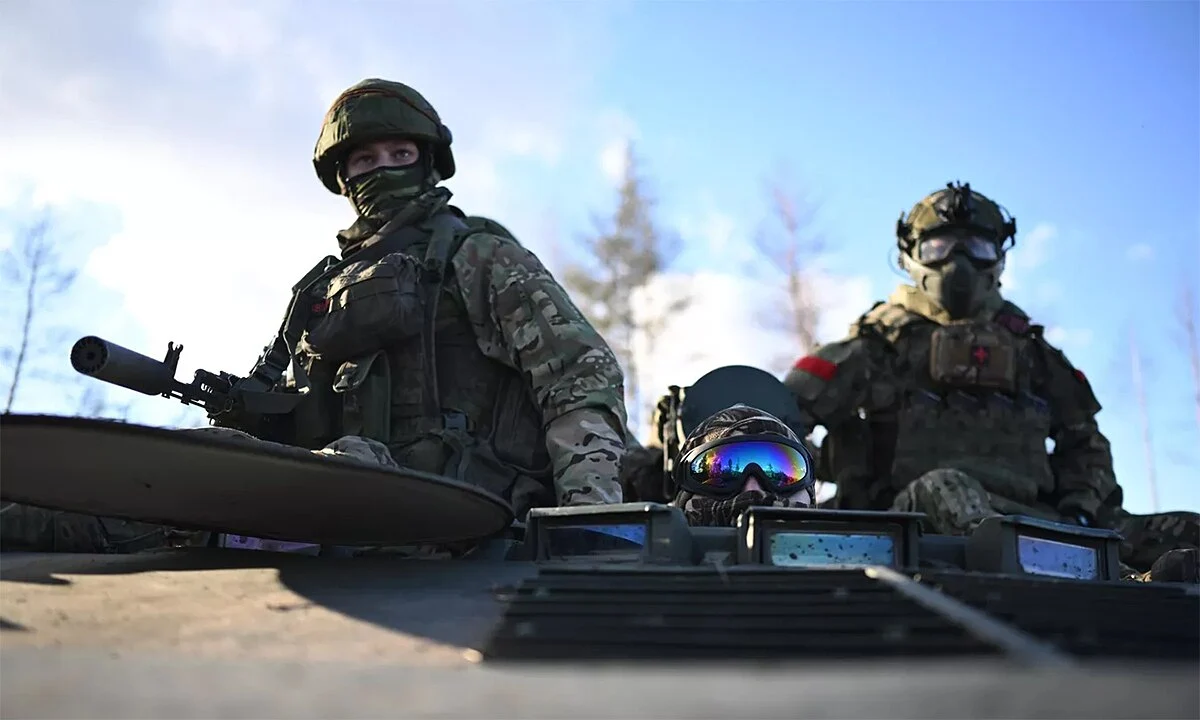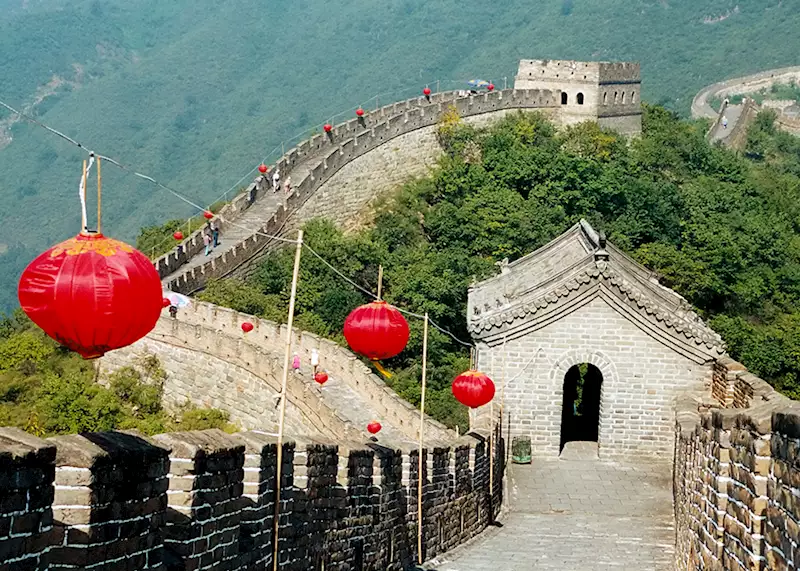As we bid farewell to 2024, it's essential to reflect on the dynamic intersection of technology, innovation, and the ever-evolving landscape of great power competition. The year has witnessed remarkable advancements, strategic maneuvers, and groundbreaking innovations that have reshaped the global stage. Let's delve into the key highlights and trends that defined the nexus of technology, innovation, and great power competition in 2024.
1. Technological Arms Race

The competition among major powers for technological supremacy reached new heights in 2024. Nations invested heavily in emerging technologies such as artificial intelligence, quantum computing, and 5G infrastructure. The race extended beyond military applications, encompassing economic, geopolitical, and societal dimensions.
2. AI and Strategic Autonomy
Artificial Intelligence (AI) emerged as a central player in the great power competition landscape. Countries leveraged AI to enhance military capabilities, cybersecurity, and strategic decision-making. The pursuit of strategic autonomy through AI-driven systems became a key focus, fueling debates on ethics, regulations, and the potential for autonomous weapons.
3. Quantum Computing Breakthroughs
Significant breakthroughs in quantum computing marked 2024, with advancements in quantum supremacy and practical applications. Nations with quantum capabilities gained a strategic edge in cryptography, optimization problems, and complex simulations, influencing both military and civilian domains.
4. Space Dominance and Satellite Technologies
Great power competition extended into space, with an emphasis on space dominance and satellite technologies. Countries sought to fortify their space capabilities, leading to developments in satellite communication, Earth observation, and space-based weapon systems.
5. Cybersecurity Challenges and Innovations

Cybersecurity remained a critical battleground, with an escalation in cyber threats and attacks. The integration of artificial intelligence and machine learning into cybersecurity frameworks showcased innovative approaches to threat detection, response, and attribution.
6. 5G Networks and Strategic Influence
The rollout of 5G networks became a focal point in the great power competition, not only for its impact on communication but also for its strategic influence. Nations vied for control and influence over 5G infrastructure to shape technological standards and gain a competitive edge in the global digital economy.
7. Biotechnology and Health Security
The intersection of biotechnology and health security gained prominence in 2024. Great powers focused on advancements in genomics, personalized medicine, and biodefense capabilities. The ongoing global health challenges further emphasized the strategic importance of biotechnological innovations.
8. Renewable Energy and Climate Resilience

The pursuit of sustainable and resilient energy sources took center stage. Great powers invested in renewable energy technologies, not only for environmental reasons but also as a strategic move to enhance energy security and reduce dependencies.
9. Diplomacy in the Digital Age
Diplomacy evolved in response to the digital age, with nations employing technology-driven strategies for influence and information warfare. Disinformation campaigns, digital diplomacy, and cyber alliances played pivotal roles in shaping narratives and perceptions on the global stage.
10. Global Collaboration and Competition

While great powers engaged in intense competition, pockets of global collaboration emerged. Shared challenges, such as public health crises and climate change, prompted collaborative efforts in science, technology, and innovation. The delicate balance between competition and collaboration defined the intricate web of international relations.
Looking Ahead to 2025
As we wrap up the year, the landscape of technology, innovation, and great power competition sets the stage for a dynamic and uncertain future. The interplay of emerging technologies, geopolitical strategies, and global challenges will continue to shape the trajectory of nations in the coming years.
In conclusion, 2024 has been a year of technological acceleration, strategic maneuvering, and innovative breakthroughs within the context of great power competition. The interconnection of these elements underscores the intricate and multifaceted nature of the challenges and opportunities that lie ahead on the global stage.
FAQs
Q. What is the significance of AI in great power competition?
Ans: AI plays a crucial role in great power competition by enhancing military capabilities, cybersecurity measures, and strategic decision-making. It has become a key factor in the pursuit of technological supremacy.
Q. How did the competition extend into space in 2024?
Ans: Great powers focused on space dominance, investing in satellite technologies, Earth observation, and space-based weapon systems to secure strategic advantages in the space domain.
Q. What role did 5G networks play in the great power competition?
Ans: 5G networks became a focal point for great powers, not only for communication but also for strategic influence. Control over 5G infrastructure was sought to shape technological standards and gain a competitive edge.
Q. Why is biotechnology important in great power competition?
Ans: Biotechnology is significant in great power competition for advancements in genomics, personalized medicine, and biodefense capabilities. It contributes to health security and has strategic implications in global health crises.
Q. How did diplomacy evolve in the digital age?
Ans: Diplomacy evolved with the digital age, witnessing the use of technology-driven strategies for influence and information warfare. Digital diplomacy, disinformation campaigns, and cyber alliances played pivotal roles in shaping global narratives.





